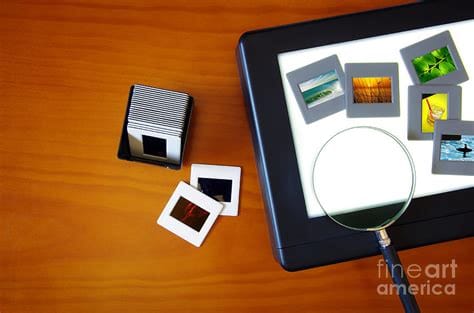Photograph or Picture?

The American artist Robert Heinecken (1931 - 2006) said "There is a vast difference between taking a picture and making a photograph." This echos the famous comment by Ansel Adams, "You don't take a photograph, you make it."
I won't pretend that I can articulate the difference between a picture and a photograph. It is more than semantics, that much I know. I did a little exercise, however, a few years ago that helped me better realize the distinction between a photograph and a picture in my own work. The exercise proved of value and I want to pass it along.
Set aside a bit of time and open your editing / archive software, Lightroom, or Bridge, or Capture One, whatever you use. Start scrolling though your archive and flag or label those images that speak to you. I don't know how else to put it, as this effort, like all efforts related to creativity explores the edges of the subjective. (And truthfully, if we are not creating first and foremost for our subjective selves, we are simply exercising ego--and most artistic efforts of consequence have a marked absence of ego.)

Eventually you will have a filtered archive of images you deem worthy of being called photographs. All the rest, we will say, are simply pictures. As an aside, there is nothing wrong with pictures. Most of what see, image-wise, are pictures; the world of social media is built on pictures; family albums (remember those?) are collections of pictures. Instagram, 99% pictures, and so on.
Now comes the fun part. With your collection of photographs in front of you, study them. What is common among the images, such that you are calling them photographs as opposed to pictures? Can you put your finger on it, that illusive thing that elevates them? Take notes. Concentrate on the aesthetic, but don't rule out the mechanics of how you created these images. For example, when I last did this exercise a few years ago I was surprised to discover that 80% of my filtered images had been made with a 35mm fixed lens. That settled on me in a serious way. Indeed, on those occasions when I am practicing the art of one camera / one lens--which is most of the time--I know which lens will give me the greatest odds for success. It was also through this exercise that I realized that shooting in black and white, which has always been a preference, was the genre in which I consistently made my strongest images. Of course, if you're shooting for stock (is that a thing anymore?), or editorial, or commercial, that is a different conversation entirely. We are just talking about the work you make in your effort to realize your own vision.
I have one last piece of advice to finish off this exercise. Print the images. I had an old-school professional photographer once say that it's not a photograph until it has been printed. I dismissed his advice for years, only printing stuff that was going on a wall or into an exhibit. Then, not all that long ago, I ordered some archival sleeves, and an archive box and started printing. Putting the image to paper, holding it in your hand, printed for no other reason than as an addition to your collection of photographs. is a surprisingly powerful experience. It is the last step towards better understanding how to make photographs and not simply take pictures.
I hope my advice is helpful. Thanks for reading.
I invite you to forward this post to anyone you think might be interested. You can find me at Doug Bruns Photography.




